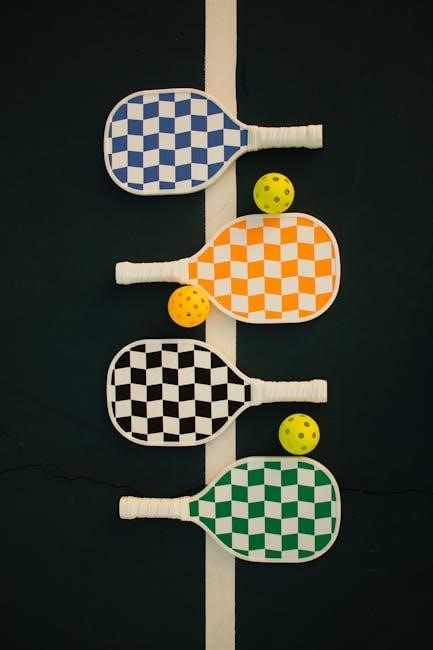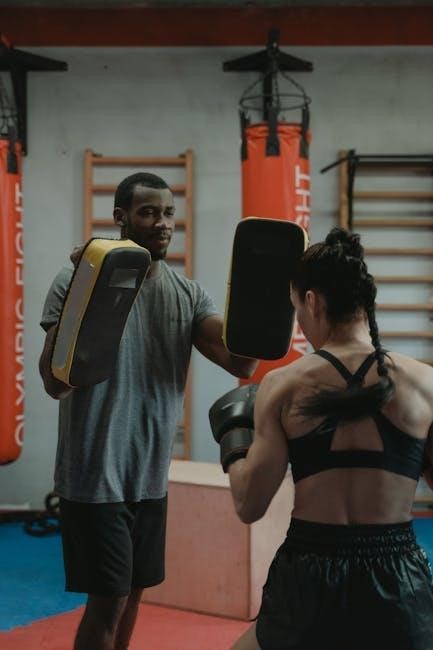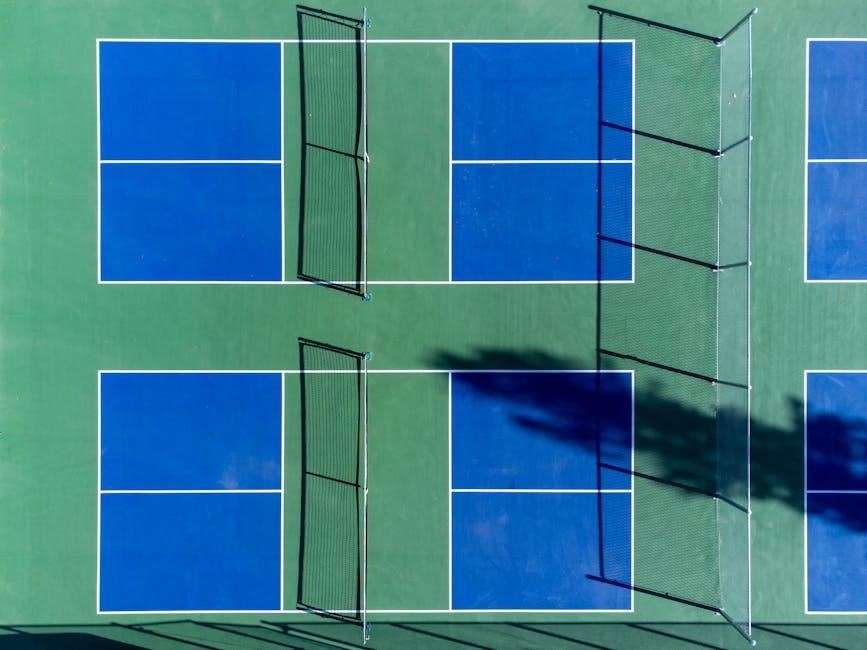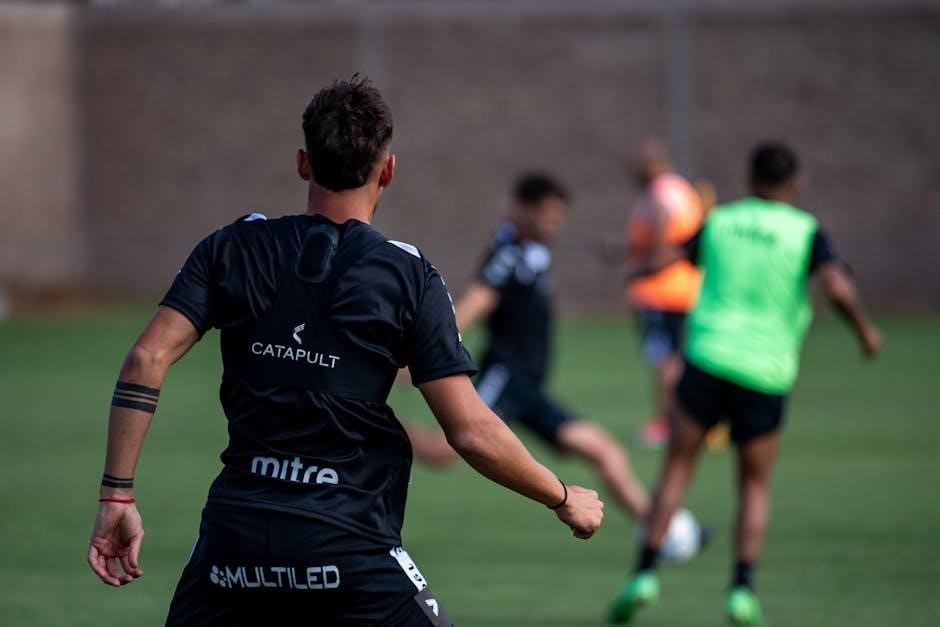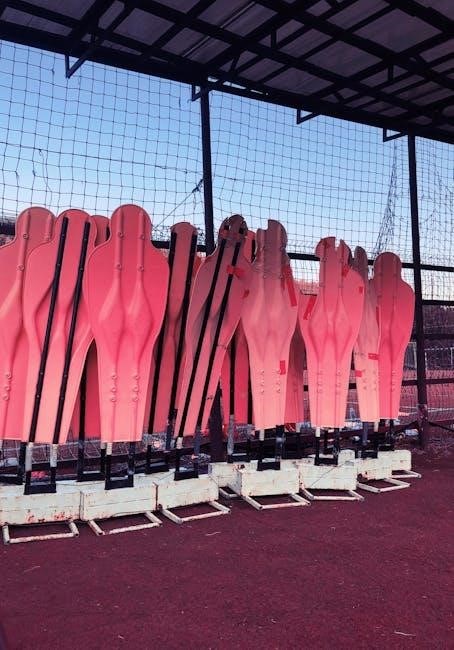Overview of “Caste: The Origins of Our Discontents”
Isabel Wilkerson’s “Caste: The Origins of Our Discontents” is a powerful exploration of the unspoken caste system in America. It is a must-read for those seeking a deeper understanding of American life and history. The book links caste systems across civilizations.
Isabel Wilkerson’s Thesis
Wilkerson’s central thesis posits that America’s racial hierarchy functions as a caste system‚ akin to those in India and Nazi Germany. She argues that caste‚ not merely race‚ is the primary driver of societal divisions and inequalities. This framework allows her to expose the deeply entrenched treatment‚ often overlooked‚ particularly within the Black community.
She suggests that the concept of caste provides a more accurate and comprehensive lens through which to understand the persistent disparities and systemic injustices in American society. By drawing parallels between these seemingly disparate caste systems‚ Wilkerson highlights the universal characteristics of caste. These characteristics include rigid social stratification‚ inherent superiority/inferiority complexes‚ and dehumanization‚ all of which perpetuate inequality. Ultimately‚ she challenges readers to reexamine American life and its underlying structures.

Caste Systems Compared: America‚ India‚ and Nazi Germany
Wilkerson draws parallels between the caste systems of America‚ India‚ and Nazi Germany to demonstrate the universal nature of caste as a social hierarchy. In each system‚ a dominant group maintains power and privilege through rigid social stratification and dehumanization of subordinate groups.
The American system‚ rooted in slavery and Jim Crow laws‚ shares similarities with India’s ancient caste hierarchy‚ where birth determines social standing. Nazi Germany’s persecution of Jews‚ based on pseudoscientific notions of racial purity‚ further illustrates the dangers of caste ideology. Wilkerson highlights how these systems‚ despite their distinct historical contexts‚ all rely on similar mechanisms to enforce inequality and maintain social control. These mechanisms include endogamy‚ occupational hierarchy‚ and terror.

The Eight Pillars of Caste
Wilkerson outlines eight pillars that support caste systems across societies. These pillars include divine will‚ heredity‚ endogamy‚ purity‚ occupational hierarchy‚ dehumanization‚ terror‚ and inherent superiority‚ which she explores in detail to show the foundations of caste.
Divine Will and the Laws of Nature
The first pillar of caste‚ as outlined by Wilkerson‚ is the belief in divine will or the laws of nature. This pillar asserts that the existing social hierarchy is not arbitrary but is ordained by a higher power or is a natural consequence of inherent differences between groups. This justification provides a seemingly immutable foundation for the caste system‚ making it resistant to change.
By attributing the caste system to divine or natural law‚ it becomes difficult to challenge‚ as it implies questioning the very fabric of the universe. This belief system is reinforced through cultural narratives‚ religious teachings‚ and societal norms‚ solidifying its acceptance and perpetuation across generations. It’s a powerful tool for maintaining social order.
Heredity and Bloodlines
Heredity and bloodlines form another critical pillar of caste systems‚ emphasizing that one’s social standing is determined at birth and passed down through generations. This pillar asserts that inherent qualities and characteristics are transmitted through blood‚ reinforcing the notion of fixed and immutable social categories. This concept is often intertwined with ideas of purity and pollution.
Caste systems rely on the belief that individuals are born into a specific caste with predetermined traits and abilities‚ limiting social mobility and reinforcing the dominance of the upper castes. This emphasis on bloodlines serves to justify discriminatory practices and maintain the existing social order by assigning individuals to fixed and unequal positions within society based on their ancestry.
Endogamy
Endogamy‚ or marriage within a specific social group‚ is a crucial pillar in maintaining caste systems. By mandating that individuals marry within their designated caste‚ the system ensures the preservation of bloodlines and the perpetuation of social hierarchies across generations. This practice prevents the dilution of caste distinctions and reinforces the idea that social status is inherited and unchangeable.
Endogamy is not merely a social custom but a tool for maintaining the purity and exclusivity of each caste. It serves to limit social mobility and prevents the mixing of different castes‚ thus preserving the existing power structures. This practice is essential for upholding the rigid social stratification characteristic of caste systems‚ ensuring its continued existence.
Purity and Pollution
The concept of purity and pollution is a fundamental pillar upholding caste systems. Certain castes are deemed inherently “pure‚” while others are considered “polluted” or “impure.” This distinction dictates social interactions‚ access to resources‚ and even physical proximity. Those considered “polluted” are often relegated to the most undesirable and degrading tasks.
This artificial construct justifies the exclusion and marginalization of entire groups of people. The idea of contamination‚ whether physical or symbolic‚ is used to maintain social distance and prevent the “pure” castes from being “defiled.” This pillar reinforces the notion of inherent superiority and inferiority‚ thus perpetuating the caste hierarchy. It serves as a rationale for discrimination and oppression.
Occupational Hierarchy
In a caste system‚ occupations are rigidly stratified‚ with certain castes traditionally assigned to specific jobs. These roles are often hereditary‚ limiting social mobility and reinforcing the existing hierarchy. Occupations deemed “clean” or “pure” are typically reserved for the dominant castes‚ while those considered “polluted” or “degrading” are assigned to subordinate castes.
This occupational hierarchy serves to maintain the power structure‚ with dominant castes controlling the most lucrative and prestigious professions. Subordinate castes are often trapped in cycles of poverty and exploitation due to their limited access to education and opportunities. This division of labor reinforces the idea of inherent superiority and inferiority‚ thus perpetuating the caste system. The hierarchy impacts their well-being.
Dehumanization and Stigma
Dehumanization is a critical aspect of caste systems‚ involving the systematic denial of humanity to subordinate castes. This process often involves the use of derogatory language‚ stereotypes‚ and discriminatory practices that strip individuals of their dignity and worth. Subordinate castes are frequently portrayed as less intelligent‚ less capable‚ or less deserving of respect.
Stigma is closely linked to dehumanization‚ with subordinate castes bearing the weight of negative associations and social disapproval. This stigma can manifest in various forms‚ including social exclusion‚ discrimination in employment and housing‚ and even violence. The constant exposure to dehumanizing messages and experiences can have profound psychological and emotional effects on members of subordinate castes.
Terror as Enforcement
Terror serves as a brutal mechanism for enforcing caste hierarchies‚ ensuring the subjugation of subordinate groups through fear and violence. This can manifest as outright physical violence‚ threats‚ and intimidation tactics designed to maintain the existing power structure. Historically‚ dominant castes have employed tactics such as lynchings‚ massacres‚ and systemic oppression to instill terror in subordinate castes.
The constant threat of violence and retribution serves to discourage any attempts to challenge the caste system. The enforcers of caste come in every color‚ creed‚ and gender. The psychological impact of this sustained fear can be devastating‚ leading to internalized oppression‚ a sense of powerlessness‚ and the perpetuation of the caste system across generations.
Inherent Superiority vs. Inferiority
A core tenet of any caste system is the belief in the inherent superiority of one group over others. This notion is often deeply ingrained in the culture‚ reinforced through social norms‚ and perpetuated by those who benefit from the existing hierarchy. The dominant caste is seen as possessing superior qualities‚ intelligence‚ and moral character‚ while subordinate castes are deemed inherently inferior.
These perceived differences are used to justify unequal treatment‚ limited opportunities‚ and the denial of basic human rights. This false assumption of inherent superiority and inferiority is a cornerstone of caste and used to justify cruel treatment. This belief can be so pervasive that it is internalized by members of both the dominant and subordinate castes.

Impact on American Society
Wilkerson’s work illuminates the profound impact of caste on American society‚ revealing how it shapes our lives. The deeply entrenched treatment of the Black community‚ often overlooked‚ is brought to the forefront. The book challenges our attitudes towards race and racism‚ prompting a reexamination of American life.
Caste influences various aspects of society‚ from the economy and politics to healthcare and education. It perpetuates inequalities‚ limits opportunities‚ and fuels social divisions. The legacy of caste continues to affect our present‚ shaping our interactions and reinforcing hierarchies. Understanding this impact is crucial for addressing systemic injustices and building a more equitable society for all‚ irrespective of color‚ creed‚ and gender.
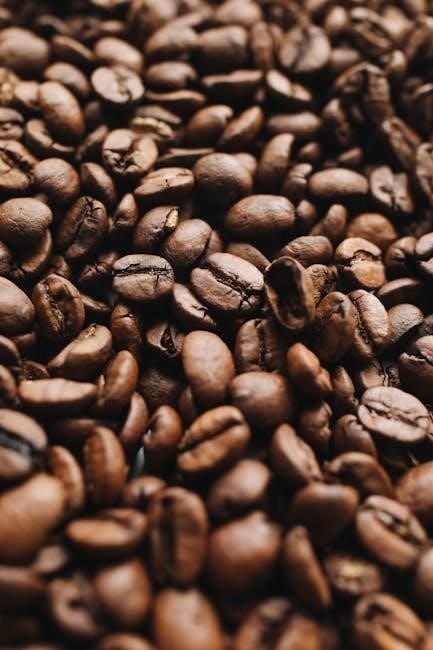
Wilkerson’s Writing Style
Isabel Wilkerson’s writing style in “Caste: The Origins of Our Discontents” is both captivating and insightful. She weaves together historical analysis‚ personal anecdotes‚ and compelling narratives to create a powerful reading experience. Her prose is beautifully written‚ original‚ and revealing‚ making complex concepts accessible to a wide audience.
Wilkerson employs a unique approach‚ interspersing true events in an italicized format. This technique adds depth and emotional resonance to her arguments. She seamlessly blends scholarly research with human stories‚ allowing readers to connect with the material on an intellectual and emotional level. Her work is both informative and deeply moving‚ prompting reflection and critical thinking.
Reception and Criticism
“Caste: The Origins of Our Discontents” has garnered widespread acclaim and sparked significant debate. Many have lauded Wilkerson’s insightful analysis and compelling narrative. It is praised for its ability to illuminate the hidden realities of caste in America.
The book has been described as a seminal work that challenges conventional attitudes toward race and racism. However‚ some critics have raised concerns about the applicability of the caste framework to the American context. They question whether the historical and cultural specificities of caste systems in India and Nazi Germany can be directly transposed onto the American experience. Despite these criticisms‚ the book has undeniably left a mark.











